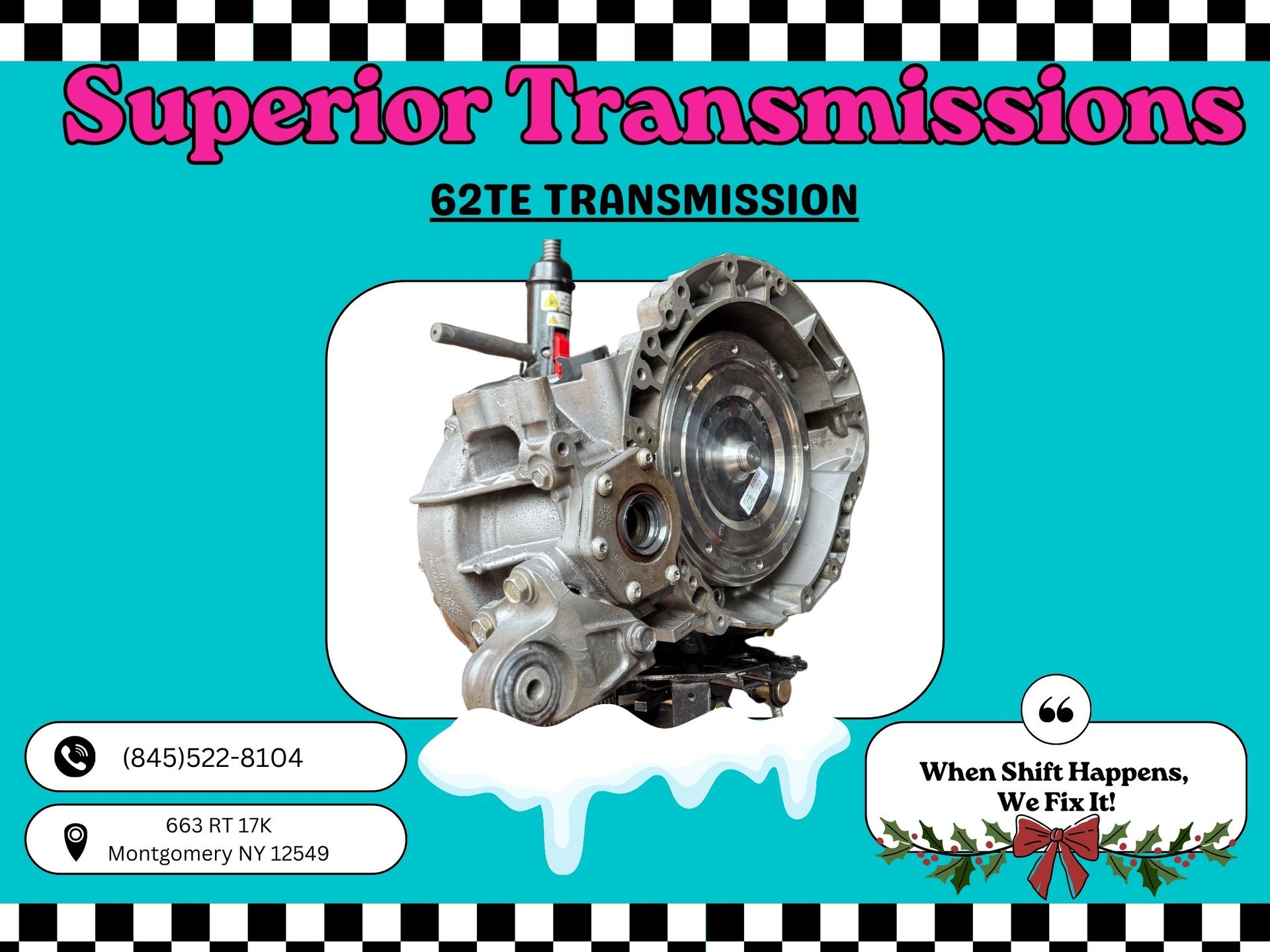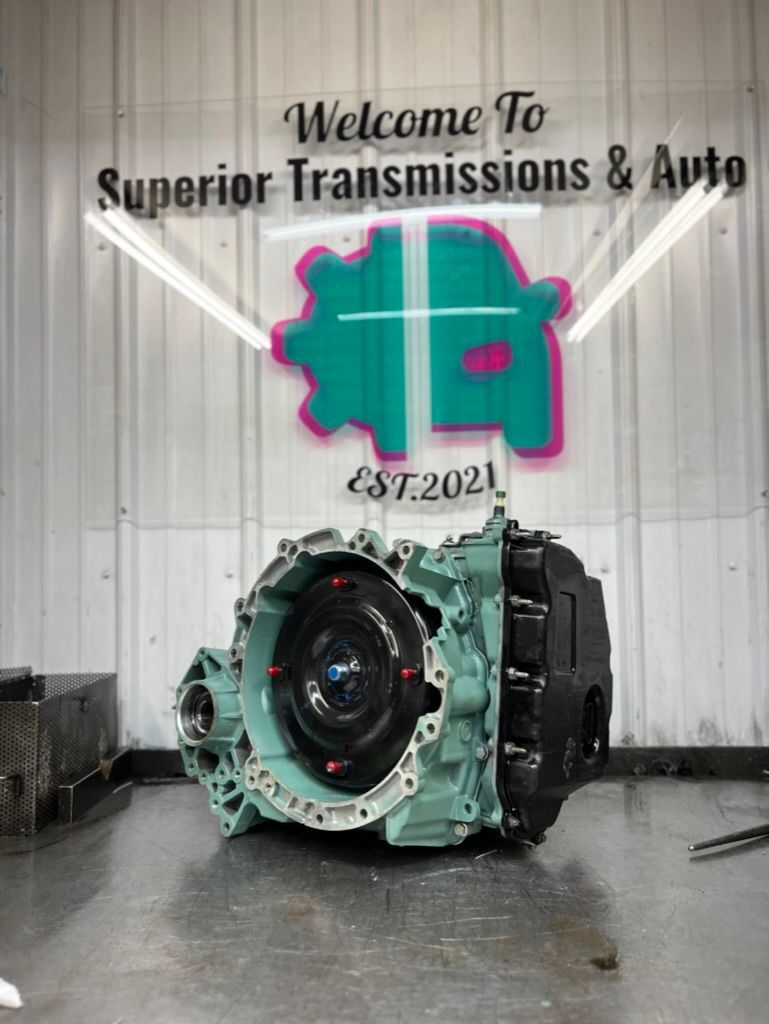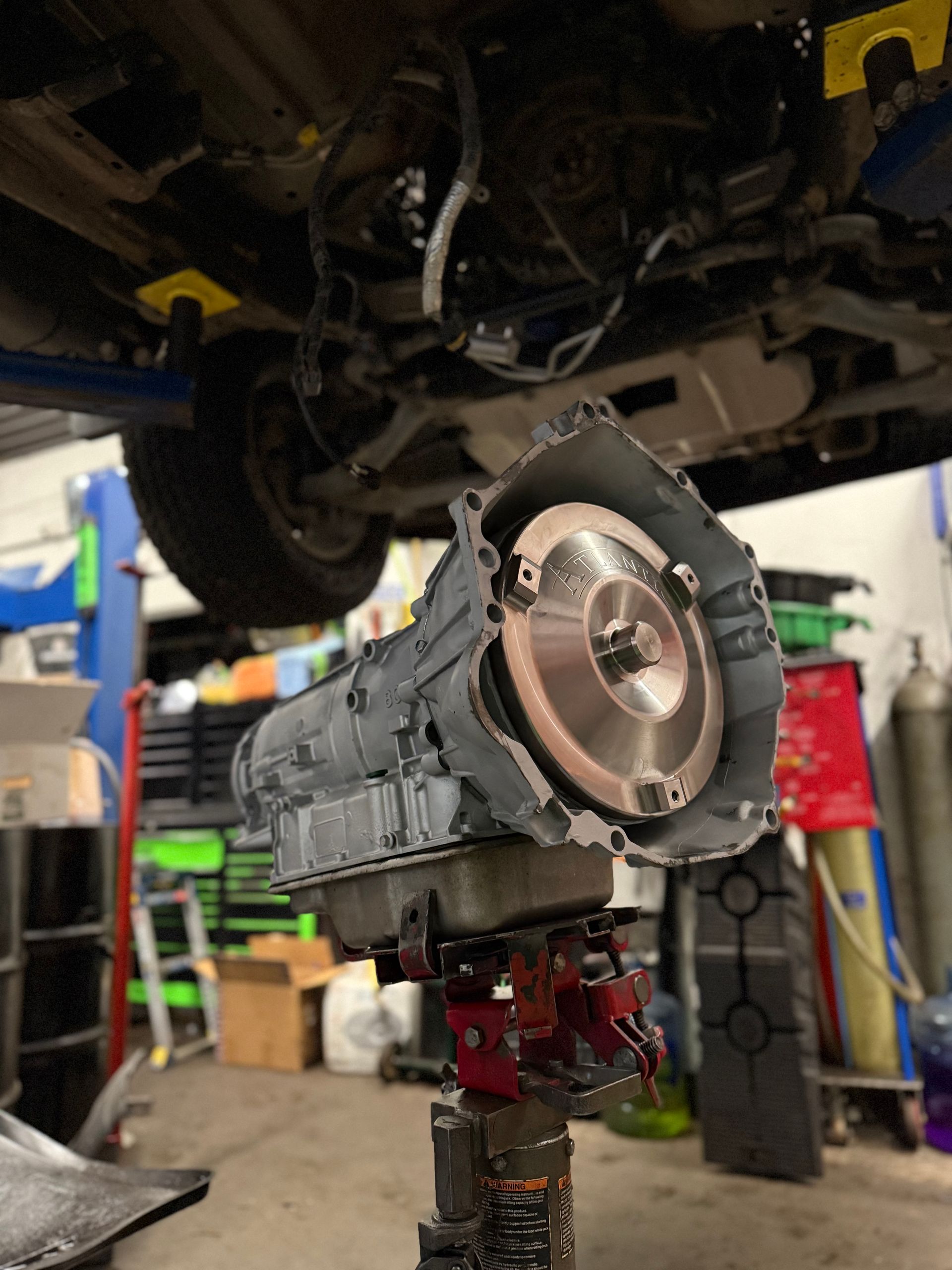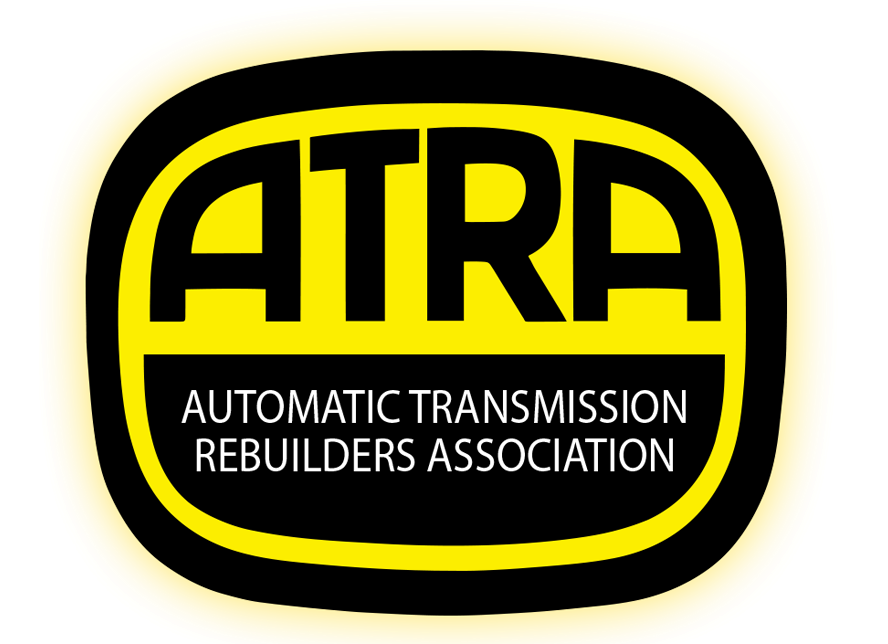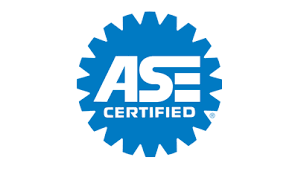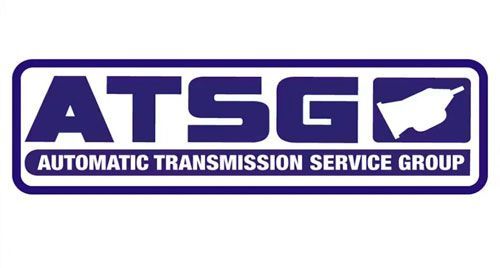Is Your Vehicle Ready to Tow This Season?
April 15, 2025
April 15, 2025
Why a Pre-Tow Inspection Is a Must

As the weather warms up and road trip season kicks into gear, many of us are gearing up for weekends at the lake, family camping trips, and summer getaways. Whether you’re towing a camper, boat, or trailer, one thing’s for sure: your vehicle needs to be up for the task.
Towing puts a lot of extra stress on your vehicle—especially the transmission, brakes, suspension, and cooling system. If you haven't had it looked at recently, now’s the time. A simple inspection could be the difference between smooth sailing and being stuck on the side of the road with a smoking engine or slipping transmission.
Here’s why a pre-tow inspection matters:
1. Protect Your Transmission
Your transmission takes on a serious load when you’re towing. Overheating is one of the top reasons transmissions fail while towing, especially in warm weather. If your transmission fluid is old, burnt, or low, it could spell disaster. A transmission service or at least a fluid check can help prevent expensive damage.
2. Check the Brakes
Towing increases your stopping distance—and worn or spongy brakes make things even riskier. Before you hitch up that camper or trailer, make sure your brake pads, rotors, and fluid are in good shape. If your vehicle has trailer brakes, those should be checked too.
3. Make Sure the Suspension and Tires Can Handle the Load
A sagging rear end, worn shocks, or underinflated tires can make towing dangerous. Proper tire pressure and healthy suspension help keep everything stable and under control on the road, especially on hills or in windy conditions.
4. Cooling System Check
Towing generates more heat—not just in the engine, but across the entire drivetrain. Make sure your radiator, coolant, and fans are all functioning properly to avoid overheating.
5. Electrical and Lighting Systems
You’ll need fully functional trailer wiring for brake lights, turn signals, and running lights. A quick diagnostic can make sure your connections are working properly and won’t leave you in the dark (literally).
Don’t Wait for a Breakdown—Prevent One
At Superior Transmissions and Auto, we see it every year: customers roll in with transmission issues, brake failures, or overheating problems after a trip has gone south. That’s why we always recommend getting your vehicle looked at before you tow.
We offer full pre-tow inspections, including transmission checks, fluid services, brake inspections, suspension assessments, and electrical diagnostics. We’ll make sure your vehicle is road-ready so you can enjoy your summer worry-free.
Planning to tow this season? Let’s get your vehicle ready. Give us a call or schedule your inspection today.


